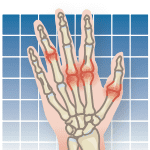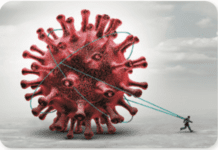As many as 80 percent of adults experience acute neck pain at some point in their lives. But although that pain can be distressing or disabling for a few days, "many people get better quickly, without complex treatment, often without any treatment at all," says Daniel Mazanec, MD, associate director of Cleveland Clinics Center for Spine Health. The neck, or cervical spine, is made up of seven bony vertebrae that run from the base of the skull to just below the shoulder blades. Seven shock-absorbing discs, muscles, and ligaments hold these vertebrae in place. The spinal cord, which sends nerve impulses to all parts of the body, runs through an opening in the cervical vertebrae and continues down the spine; it also sends nerve impulses down the arms. Therefore, a problem in the neck can cause pain in the neck itself, in the upper back, or in the shoulders and arms.
To continue reading this article or issue you must be a paid subscriber.
Sign in






























